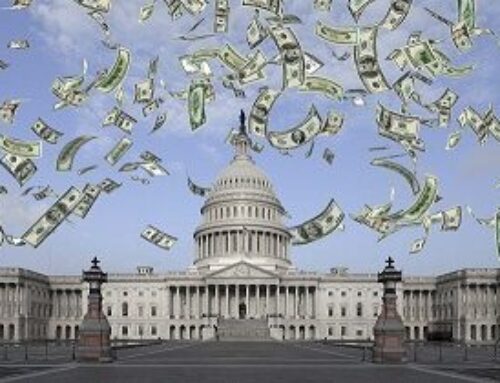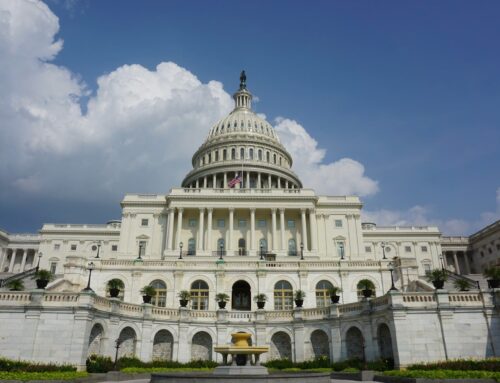After the fiscal year 2015 CROmnibus was enacted, talk quickly turned to FY2016 and the return of the dreaded sequester. The fear is that sequestration, the across-the-board spending cuts mandated by the Budget Control Act (BCA) of 2011, is going to rear its ugly head again. That this mindless, unthinking mechanism that cuts good and bad spending alike is going to return and decimate governmental programs.
Except the talk is wrong. Or, more accurately, lacks an understanding of the role of Congress in making spending decisions and the details of budget agreements of recent years. Sequestration doesn’t have to happen in fiscal year 2016, or in any other year. All Congress has to do is come up with a responsible budget that raises an adequate level of revenue to cover desired levels of spending. Essentially, it simply needs to do its job.
A bit of history here is important. In order to rein in yawning federal deficits, the BCA, passed by Congress and signed by the President, set spending caps for fiscal years 2012-2021. But there was a catch. Congress tasked the so-called “Super Committee” to come up with at least $1.2 trillion worth of projected deficit reduction (either through spending cuts or revenue increases). If the Super Committee failed, which it did, the agreed upon annual spending caps would be evenly reduced each year to account for the failure to find $1.2 trillion in deficit reduction. In every fiscal year (FY) since FY2013, the President and Congress knew exactly how much spending they could appropriate without triggering the dreaded cuts. So even before they began drafting their budgets and passing their bills, they knew: no spending over what they agreed to meant no across-the-board cuts.
And that’s the crux of the issue. Lawmakers don’t want to live within their means. The simple fact is that the President and lawmakers promised taxpayers spending reductions in 2011 that they later refused to enact. So out year spending had to be reduced.
These spending levels aren’t set in stone. The American Taxpayer Relief Act of 2012 and the Bipartisan Budget Agreement (BBA) hammered out in 2013 altered the spending levels in FY2013, 2014, and 2015, staving off sequestration in FY14 and FY15. If lawmakers don’t want to live within the spending levels in 2016, they can responsibly raise revenue or reduce spending to meet what they deem is a more appropriate level of spending.
But, clearly the economy survived and arguably thrived with the fiscal year 2015 federal spending levels. And while the federal debt rose to more than $18 trillion, the annual budget deficit fell to less than half a trillion dollars, half the level of five years ago. Reining in deficits is not something to turn our back on. If lawmakers adopted the $1.2 trillion worth of cuts that the Super Committee was tasked with finding (and we found in our Super Cuts for the Super Committee), they would have an extra $91 billion to spend this year (which would still be $103 billion less than the Administration’s 2011 plan for this year). Sure there are legitimate, even important, infrastructure investments to be made. But those need to be paid for with cuts elsewhere or revenue raisers.
Under current law, federal discretionary spending in FY16 will increase $2.1 billion over the FY15 levels. While this is not a significant increase in real terms year-to-year (further example of a recovering economy?) it is certainly not a cut. And it’s not a hollowing out of the Pentagon (which has a lot to cut) or the non-defense discretionary budget. And most accurately, it’s not heralding a return of across-the-board cuts. If the President and Congress can figure out what to fund under the spending limits they already agreed to, there will be all quiet on the budget front. If they refuse to live within these means– means they set themselves– they can hammer out a new agreement that makes the tough decisions to marry our spending appetite with a level of revenue we can stomach. Sequestration is a budgetary coward’s way out.











Get Social